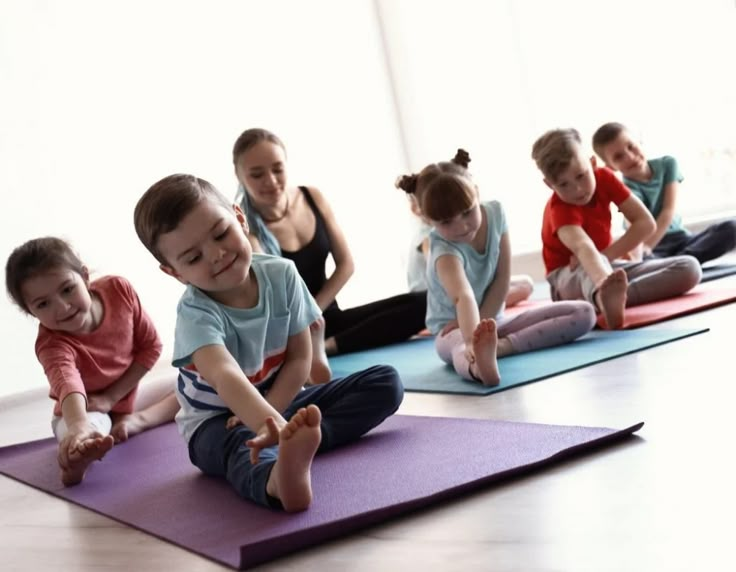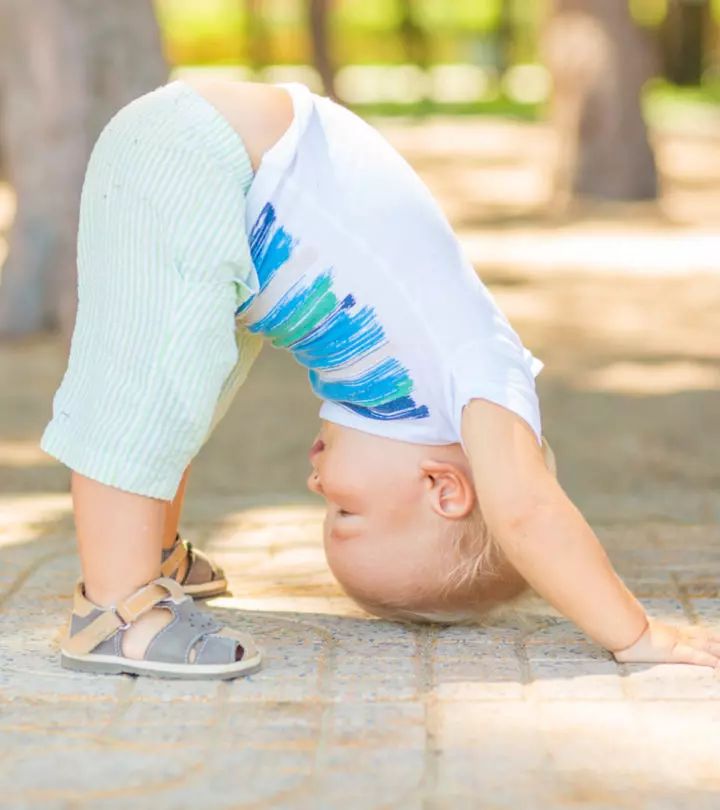n today’s fast-paced world, children face various pressures — from academic expectations to social dynamics. Yoga offers a gentle, playful way to help kids navigate these challenges while promoting their physical and mental well-being. Let’s explore how introducing yoga to children can be transformative!
What is Yoga?

Yoga is an ancient practice that combines physical postures, breathing techniques, and mindfulness. It’s not just about flexibility or strength; it’s about fostering a balanced connection between the body, mind, and spirit. For children, yoga can be adapted to be fun, imaginative, and engaging.
Benefits of Yoga for Kids
Yoga significantly contributes to children’s overall well-being. Physically, it improves flexibility, strength, coordination, and posture, helping kids develop a healthier body. Regular practice boosts energy levels and enhances vitality, making them feel more active and refreshed. Mentally, yoga acts as a calming force, reducing anxiety and stress through mindful breathing and relaxation techniques. It sharpens concentration, memory, and focus, empowering children to approach schoolwork and activities with greater attention. Emotionally, yoga encourages resilience and emotional regulation, helping kids navigate their feelings with ease. Socially, practicing yoga cultivates kindness, empathy, and self-awareness. It promotes teamwork, positive interactions, patience, and discipline, fostering healthy relationships with peers and family.
Fun Yoga Poses for Kids

Incorporating playful yoga poses keeps children engaged and excited. Poses like the Tree Pose help with balance and focus, while the Cat-Cow Stretch improves spinal flexibility and body awareness. The Butterfly Pose gently opens the hips, encouraging relaxation, and the Child’s Pose provides a restful position to wind down. Introducing these poses through storytelling or pretending to be animals adds an extra layer of fun, making the practice enjoyable and memorable.
Tips for Introducing Yoga to Kids

When introducing yoga to kids, it’s essential to keep the experience lighthearted and inviting. Making the sessions playful through games or stories helps maintain their interest. Keeping the sessions short, around 10–15 minutes, ensures kids don’t lose focus. Creating a peaceful space with soft mats and calming music can enhance the ambiance, making the practice more soothing. Encouraging kids to express themselves, whether by modifying poses or creating their own sequences, fosters creativity and makes the practice feel uniquely theirs.
Final Thoughts
Yoga is a wonderful gift for children, offering tools they can carry into adulthood to navigate life with confidence and grace. Whether practiced at home, in school, or in community groups, yoga fosters a lifelong foundation of well-being. So, roll out a mat, take a deep breath, and embark on a joyful yoga adventure with your little ones!
Conclusion
Introducing yoga to children can nurture their body, mind, and spirit, helping them grow into balanced, mindful individuals. By making yoga fun and accessible, we empower kids with invaluable life skills, from stress management to self-love. So, start small, stay consistent, and watch as yoga brings peace and happiness into your child’s life.
Lead your way to us ezroots.in
